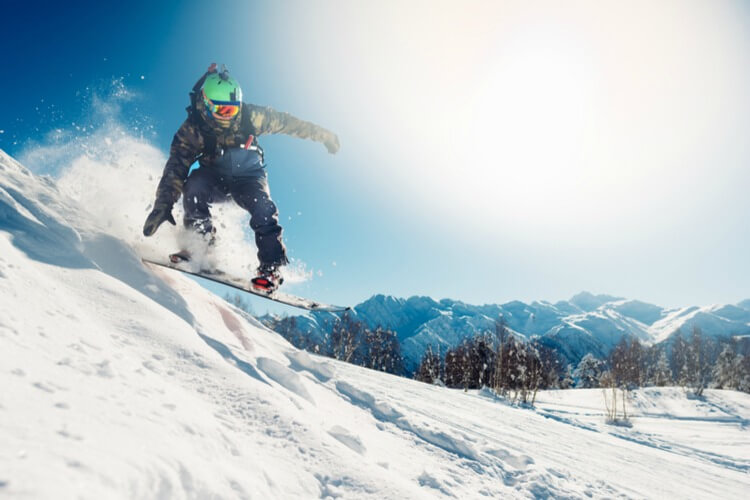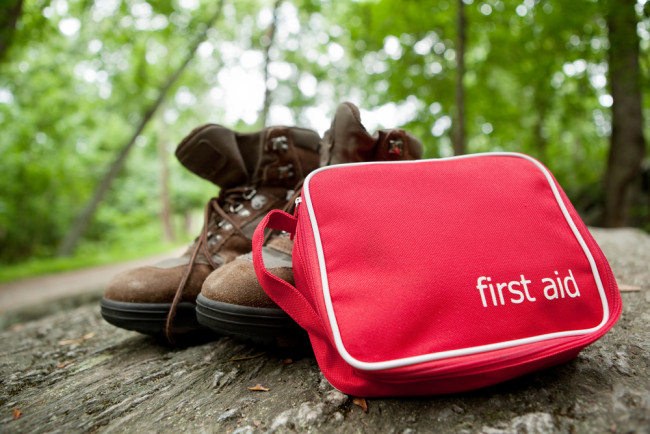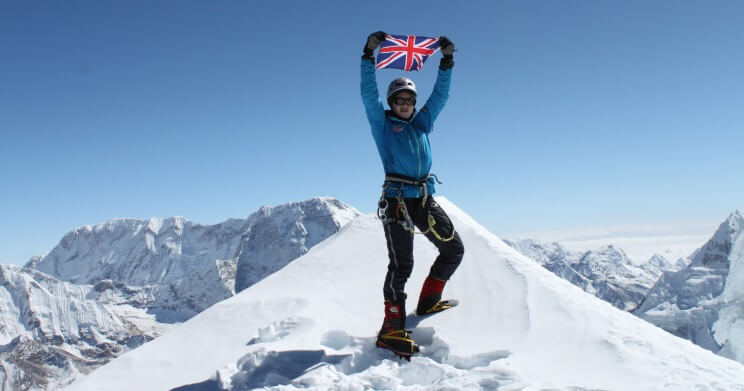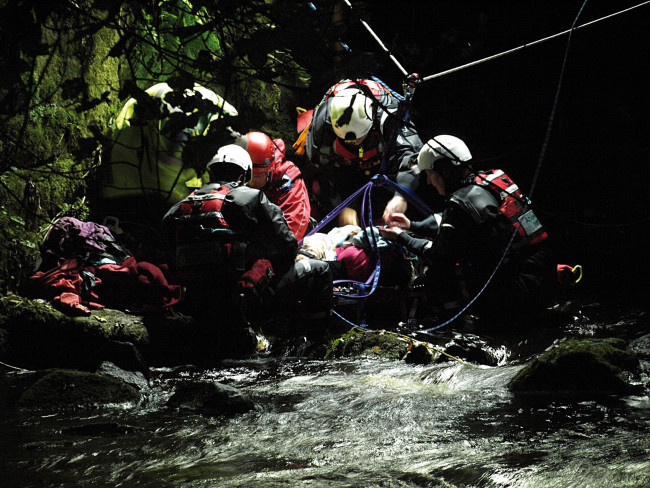
Credit: Calder Valley SRT
We love being outdoors - hill walking, camping, climbing, running, the lot - but no matter what we're doing, we always have to mindful that danger can rear its ugly head. And while thorough preparation can lessen the risks somewhat, sometimes we still end up in a sticky situation, and in need of a bit of help.
Read more: Wilderness First Aid - Staying Safe Outdoors
That's where Mountain Rescue comes in. They're the heroes all of us outdoor types need, helping to rescue climbers from nasty accidents, lost ramblers, stranded kayakers, and just about anyone (including animals) in a spot of bother - and as they're keen to point out, not just in the mountains either.
Winfields was lucky enough to catch up with Mountain Rescue for a quick chat about what they do, but first, here's a very quick history of the charity.
A Brief History of Mountain Rescue
Up until the early 20th century, those enjoying the outdoors were pretty much out on their own, and they had to deal with any accidents or problems largely by themselves.
A terrible accident on a Rucksack Club meet in the Peak District in 1928, however, would end up changing all of that. Edgar Pryor was knocked 40 feet into a gully, breaking his skull and thigh bone. The rest of the group rallied together and got Pryor to hospital but he was in a severe state of shock and had to have his leg amputated.
His surgeon commented: "The absence of morphia with the transport had done more damage to the limb than the mountain." It became clear that more help was needed for those in need when enjoying the outdoors.
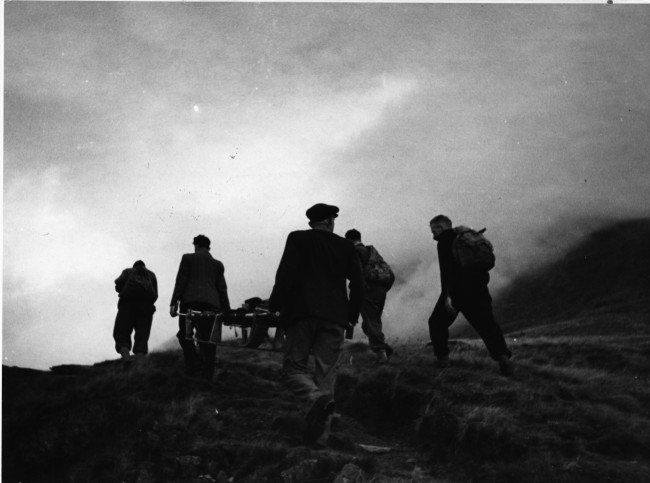
Credit: Mountain Rescue
In 1932, the Rucksack Club and the Fell and Rock Climbing Club joined forces to form the Joint Stretcher Committee, who were tasked with producing a workable mountain stretcher and other first aid equipment. In 1936, a more permanent group was formed, called First Aid Committee of Mountaineering Clubs, which then became the Mountain Rescue Committee.
Over the years, the group has grown and evolved to encompass other services and include other organisations, and is now viewed as a key emergency service.
You can learn about the history of the Mountain Rescue in more depth over on their website.
Here's what they had to say when we spoke to them...
As a bit of an intro, what is the role of Mountain Rescue?
Mountain rescue teams around England & Wales provide specialist rescue services in the upland and difficult to reach areas of the country. Originally formed to assist climbers and walkers in the Lake District, there are now teams covering the mountains of North & South Wales as well as hills, moorland and crags in Northumberland, Yorkshire, Lancashire, Greater Manchester, Derbyshire, Avon, Somerset, Devon and Cornwall. Teams are regularly called to mountain, crag and moorland accidents, searches for vulnerable missing people and flood rescue.
How often do Mountain Rescue get called out?
Most teams are called an average of 5 or 6 times a month but some teams can clock up 4 or 5 rescues a day when weather conditions catch people out on the fells.
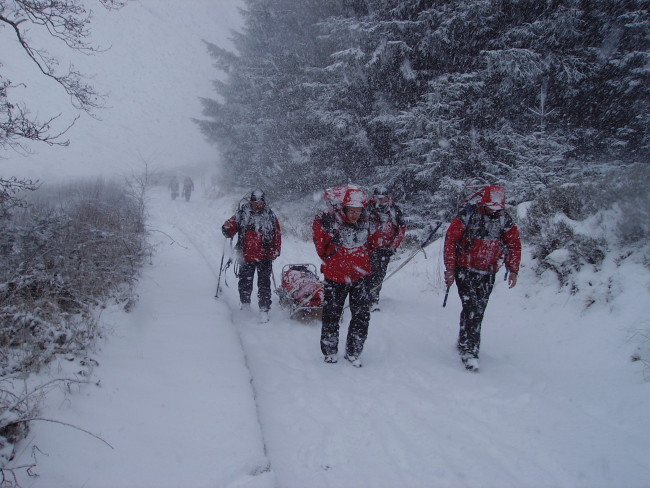
Credit: Bowland Pennine MRT
What are the most common reasons Mountain Rescue is called out?
Teams are often called out to well prepared walkers who have simply had an accident and commonly sustained leg or wrist injuries. However, hypothermia and heat stroke can both play a part in a casualty's condition. Mountain bikers are increasingly the subject of rescues as the numbers of riders increases year on year. The frequency of rescues is fairly even between summer and winter although peaks can be experienced during periods of unusually bad weather or seasonal increases in the number of people going out in the hills.
What are the key dangers people should be wary of when outdoors?
Some of the key dangers include being unprepared for changes in weather conditions - whatever the season, losing track of time and becoming benighted, poor navigational skills. Walkers also need to be aware of their own limitations and not overstretch their hill going capabilities.
What should someone do if they get into trouble when outdoors?
Attract attention. If you're lost in the outdoors don't be afraid to ask a passing walker for directions. If you're injured, again attract attention - either by mobile phone or, if you're in a group, by sending someone down to the nearest telephone to call for help (999, ask for police then ask for mountain rescue). Keep warm and hydrated.
What do your Mountain Rescue dogs do?
Search & Rescue Dogs are all trained and handled by experienced rescue team members who are also members of one of the Search & Rescue Dog Associations. They are located all over the country and can be requested by teams anywhere in the country to assist with searches for missing persons.
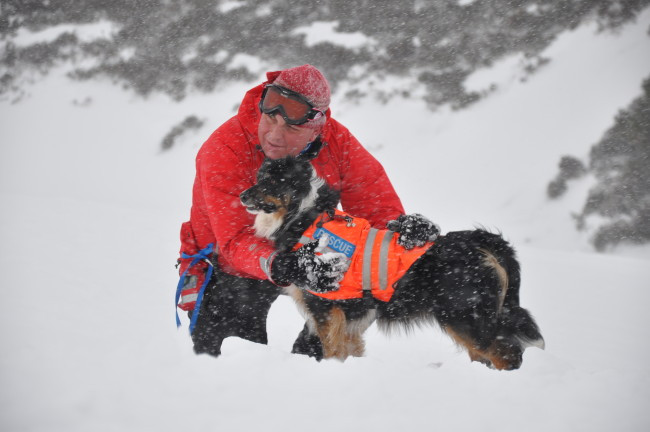
Credit: Daryl Garfield
There are two types of search dog: air scenting dogs - those which find people using air scenting (they search an area and find people using the scent emitted by humans); or trailing dogs, where the dog is given an item which has been worn by the missing person and contains their scent - the dog will track that specific scent until it finds the missing person.
What are your top tips for people spending time outdoors?
- Look at the weather forecast before you set off and don't be afraid to change your plans.
- Dress appropriately for the weather and take spare food, drink and clothing.
- Wear appropriate outdoor footwear for the conditions you expect. In winter, take crampons and an ice axe if you expect to walk over snow or ice (and practice with them beforehand in a safe place so you know what to do if you fall).
- Take a map and compass and know how to use them (even if you're planning to navigate using an electronic device).
- Take a torch. Take spare batteries for both sat nav and torch (or a spare torch).
- Tell someone where you're going and what time you expect to be back - they can raise the alarm if you don't show up.
How can people get involved with Mountain Rescue?
People can volunteer to join their local mountain rescue team either as an operational team member or as a support member.
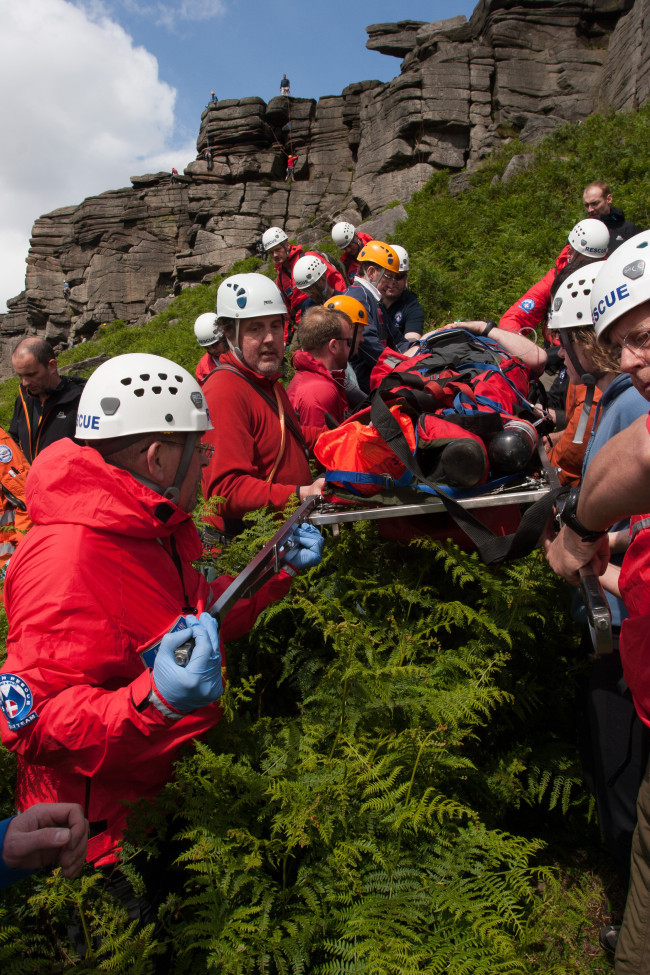
Credit: Trev Lawton
Why should someone join Mountain Rescue?
Mountain rescue teams are very much the unsung heroes of the emergency services. On call 24 hours a day, 7 days a week, teams are increasingly relied upon by the statutory emergency services to bring specialist skills to search and rescue incidents. Everyone is a volunteer and often loses pay or holidays from their normal job in order to attend rescues. Anyone joining a team, as a rescuer or support worker, can make a real difference to the operational efficiency of the team.
What can someone who gets involved expect to do?
Trainee team members will be put through a training programme lasting up to 2 years. This programme will teach them the navigational, medical, driving and other operational skills they will need to become a mountain rescuer. As a support member you may be asked to assist with catering during extended callouts or (more likely) be asked to get involved with fundraising or base maintenance.
A massive thank you to Mountain Rescue for their time - if you'd like to learn more about what they do or get involved in some way, visit the Mountain Rescue website.







